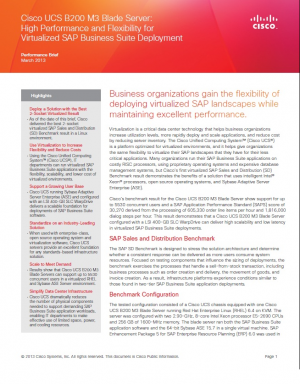It’s great to see, hear and read various points of view on the evolution of networking. It’s a hot topic right now, highlighting the fact that the network is at the center of the market transitions driven by Mobile, Cloud, new breeds of Apps and the Internet of Things. Technical leaders from my team have become road warriors recently, talking to customers, media and investors about the evolution in networking, sometimes referred to as Software Defined Networking (SDN)
There’s a healthy debate in the market about SDN, and with any debate comes confusion. SDN’s initial definition (the logical separation of routing and switching control plane and data plane) has been stretched so far that it has come to mean something different to everyone.
There are plenty of use cases driving the attention that SDN is receiving today. For instance, Service Providers are looking at trends like Network Functions Virtualization for network elasticity as an opportunity to create greater business value by launching new services quickly. Traditional enterprises think about SDN as a way to rein in the operational and management complexity of data centers to scale infrastructure. Academic institutions want open source controllers, so they can economically slice campus networks for both production and research purposes. At least one thing is crystal clear: one size does not fit all when it comes to deploying SDN.
In some circles SDN has become synonymous with the erosion of value in the underlying networking infrastructure – the hardware and the ASICs. There is an argument purporting that when network intelligence is abstracted into software, hardware and silicon innovation will become less important and even commoditized.
I’m going to take this opportunity to address these misperceptions about the changes taking place in networking with three truths about the next chapter in networking as Cisco sees it.
Continue reading “Three Truths about Networking – the Next Chapter”




CONNECT WITH US